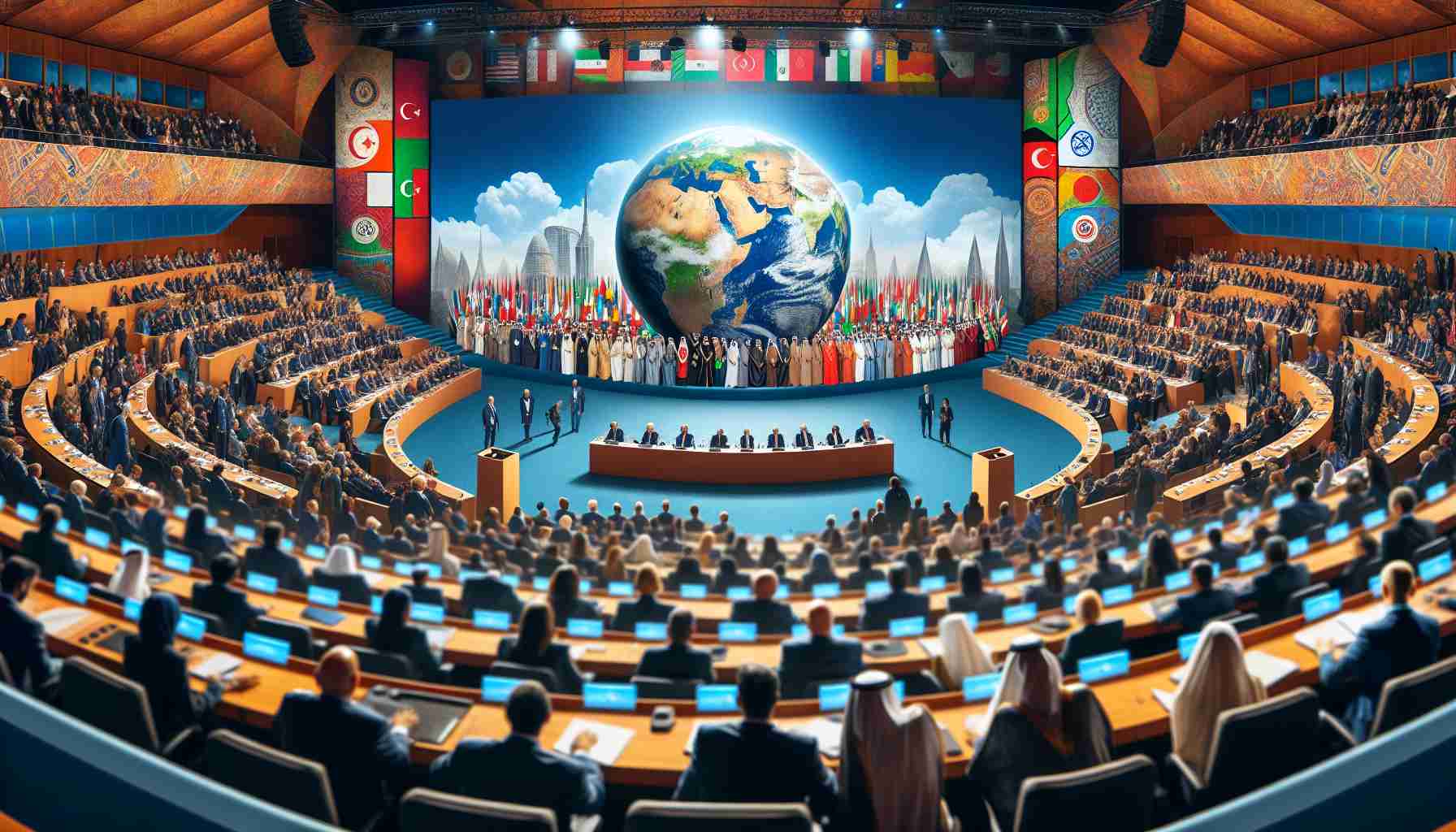Major strides in promoting and modernizing the Arabic language took center stage as the Arabic Language Academy successfully concluded its 90th annual international conference. Sponsored by the Minister of Higher Education and Scientific Research, Dr. Ayman Ashour, the event unfolded under the theme “The Arabic Language and Challenges of the Age: Visions, Concepts, and Suggestions,” attracting participation from heads of Arabic language academies, senior language organizations, and both resident and corresponding members from Arab and foreign countries.
The President of the Academy, Dr. Abd El-Wahab Abd El-Hafeez, highlighted the series of recommendations that emerged from the conference. These included a push for the embracement and proliferation of simplified Standard Arabic and its use across various educational and cultural institutions. This initiative calls for incorporating the language more actively into educational settings— from lectures and discussions to student training. Furthermore, there was a push for increasing Arabic content on the internet and integrating language curriculums to enhance student competency in speaking, writing, and comprehension.
Further recommendations suggested a groundbreaking intersection between technology and language, proposing the introduction of artificial intelligence fundamentals and computer programming into Arabic language departments. This aims to prepare students to leverage AI technology effectively. The rejuvenation of committees focused on translation, literature, and Arabic language in education was also encouraged, alongside creating specialized courses in AI applications for Arabic and literature students.
Collaboration efforts were also on the agenda, with discussions around partnering with National Translation Councils and establishing incentivizing awards for translations to and from Arabic. A unified Arabic policy on translation encompassing both applied and theoretical sciences was articulated, with oversight by collaborative parties.
The conference addressed the defense of the Arabic language amid modern challenges, considering artificial intelligence technologies, translation issues, linguistic and scientific terminology, and how Arabic digital content is represented online. It concluded with remarks by Dr. Abdelhamid Madkour, the Academy’s Secretary-General, and Dr. Ahmed Al-Dubaib on behalf of the non-Egyptian members.
While the article provides an overview of the key happenings and themes addressed during the 90th International Annual Conference focused on the Arabic Language and modern challenges, there are several relevant facts and questions that can further illuminate the topic:
Key Questions and Answers:
1. Why is the modernization of the Arabic language considered important?
Modernizing the Arabic language is seen as crucial for keeping the language relevant and usable in a globalized world and in various fields, including science, technology, and academia.
2. What challenges does the Arabic language face in the digital age?
Challenges include limited digital resources and content in Arabic, the prevalence of dialects that differ from Standard Arabic, AI and machine learning tools that are not optimized for Arabic, and the dominance of English in the realms of technology and the internet.
3. How can AI technology be leveraged for the Arabic language?
AI can help in language processing, automated translation, enhancing language learning tools, creating content, and facilitating more effective communication among Arabic speakers globally.
Key Challenges or Controversies:
– Standardization vs. dialects: There is an ongoing debate about promoting simplified Standard Arabic while also respecting and preserving the richness and diversity of regional dialects.
– Technology adaptation: Adapting AI and modern technology to work efficiently with the Arabic language’s unique script and linguistic structure can be complex and resource-intensive.
– Globalization impact: Globalization and the dominance of English pose a threat to the status of Arabic, especially among younger generations who might find English more practical in certain contexts.
Advantages and Disadvantages:
– Advantages:
+ Embracing modern technology can make Arabic more accessible and functional in today’s world.
+ Innovations in AI and language learning can potentially foster better understanding and communication among Arabic speakers and learners.
+ Increased Arabic digital content can promote cultural exchange and preserve Arabic heritage.
– Disadvantages:
– Modernization efforts may inadvertently lead to the dilution of linguistic depth or cultural significance.
– Resource allocation for such initiatives may be challenging, particularly in regions with more pressing socio-economic issues.
– Resistance from traditionalists who value language purity might slow down the modernization process.
Suggested Related Links:
For those wishing to explore more about the Arabic language and contemporary challenges, they might find the following links to main domains of related organizations beneficial:
– UNESCO: For information on cultural heritage, multilingualism, and education.
– The International Council for the Arabic Language: For details on initiatives related to the Arabic language internationally.
Please note that links provided in this context are based on typical organizations that deal with such issues and have not been verified for specific relevance to the conference described.

